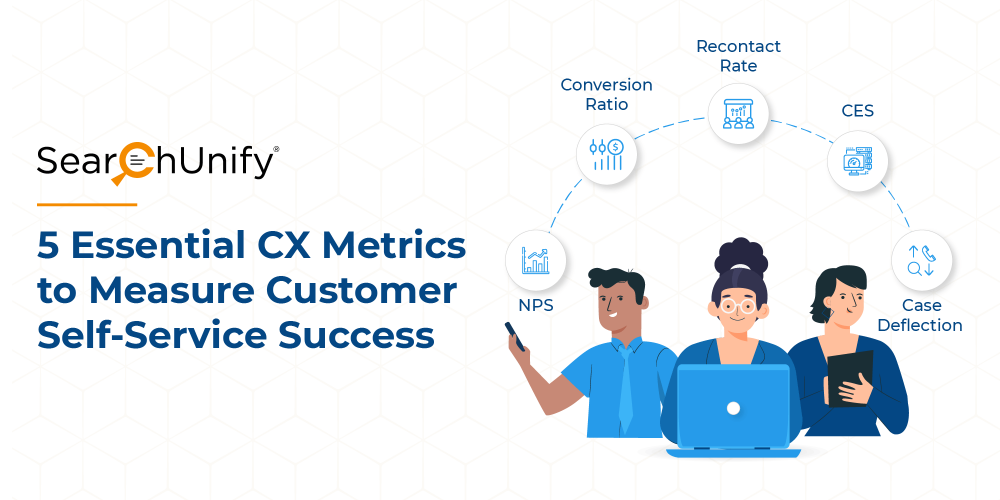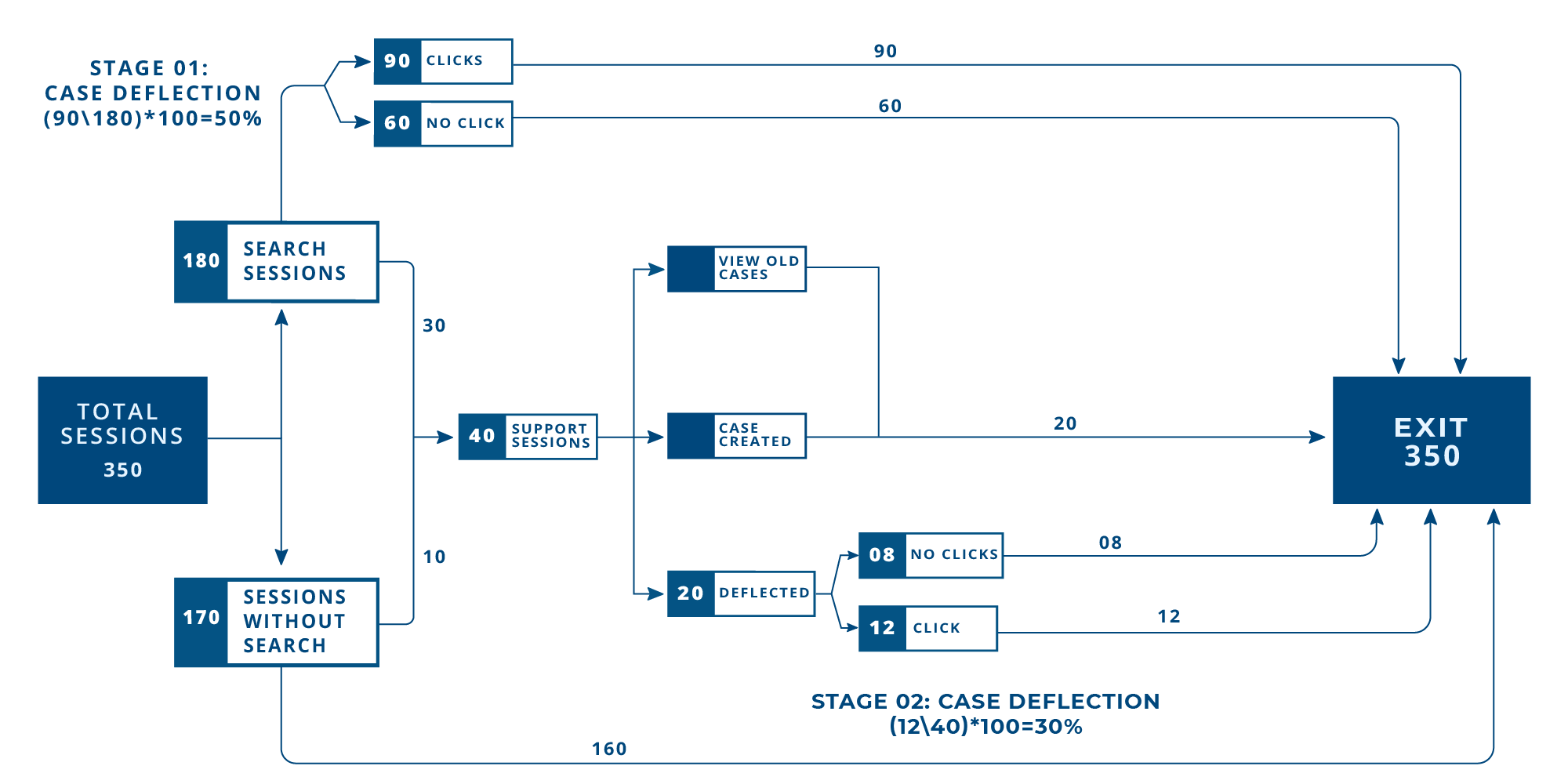
Back in the day, when people needed to fix something, they would simply pick up the phone and connect with a service professional for help. A lot has changed. They no longer call your support representatives as the first step, well, more than 6 out of 10 U.S. consumers, at least. They prefer self-service channels such as a website, community, mobile app, voice response system, or online chat.
Also, people no longer ask questions about just break-fix issues, but procedural questions like “How to delete an SLA policy,” “How do I choose what notifications I get,” “How do I temporarily deactivate my account,” etc.

Hence, it’s safe to say self-service has come a long way. Therefore, the way your company measures it also needs to evolve. This blog focuses on the user experience metrics that are crucial to measuring self-service success. After all, “the customer is always right.” So, let’s get the ball rolling in the right direction.
Customer Experience Metrics to Measure Self-Service Success
1. Net Promoter Score
On average, an American customer will tell 15 people about a not-so-pleasant service experience. Therefore, asking them directly about their experience with your self-service channels will paint a clearer picture of how effective your initiatives are. Net Promoter Score (NPS) helps.
“How likely are you to recommend us to a friend or colleague? Answer on a scale of 0-10.” That sentence and the diagram below pretty much explains what NPS is all about.

Source : www.netpromoter.com
NPS is a great CX metric, but be mindful of the ‘timing.’ Don’t bombard them with the survey after their maiden attempt. That can be very annoying. Once you observe them using your self-service portal regularly, ask them.
2. Customer Effort Score
CES is a survey used by companies to quantify the efforts put by customers while using a product or service.

Source : www.questionpro.com
The response scale is usually 1 through 5, with 1 representing ‘Very Difficult,’ and 5 representing ‘Very Easy.’ Research leaders with CEB (now Gartner) found that around 96% of consumers that reported having difficulty while solving a problem were more disloyal.
Hence, CES surveys are a great way to approach your self-service efforts with a fine-tooth comb and gauge the overall ease of using the portal. You can send a CES survey after an interaction on your self-service channel that led to an issue resolution or once customers finish their onboarding period.
3. Self-Service Recontact Rate
Are your customers not engaging with the search results in your community, or even if they are, they still end up contacting support? If yes, it means your self-service portal is failing its purpose. There could be three reasons for a customer recontact:
- The required content doesn’t exist on your portal;
- The content is not relevant enough for the users searching for it;
- The content might be present but is not easily searchable and is hence not clicked.
All three problems point towards your community’s search. You can gauge the efficacy of your portal’s search by checking several reports such as ‘Successful Searches,’ ‘Searches With No Clicks,’ etc. You can fix this problem with a cognitive search engine. It integrates different content repositories such as your community, product documentation, bug-tracking system, CMS, etc., and returns highly relevant results.
4. Conversion Ratio
McKinsey revealed that 86% of B2B executives prefer using self-service tools for reordering, rather than talking to a sales representative. The quality of self-service and support are of paramount importance in B2B purchases.
When your existing customers return satisfied from your self-service channel, they are not only likely to re-purchase from you but also recommend your business to others. You can track the conversion by looking at the number of leads who land on your support avenues and then become customers.
5. Case Deflection Rate
Self-service and case deflection are used interchangeably but some businesses like to differentiate between the terms. Self-service doesn’t necessarily mean a customer’s need to contact support was eliminated, they might have not wanted to raise a ticket in the first place. Whereas case deflection means that your self-service portal has actively stopped them. Based on this, there are two ways to measure case deflection and you can use whichever method you deem fit.

If a customer visits your self-help portal or community, runs a search, clicks on one or more results, and leaves without logging a case, you have successfully deflected the case creation. Some companies also look at stage two deflection on the case creation page itself. As the customer jots down the details of their issue, the engine recommends helpful articles. If they find this information useful and leave without creating a case, another case is marked deflected! For more details on case deflection, refer to this blog post.
So, Where Do We Go From Here?
Technology is a large part of any game-changing business solution. And that’s why it’s time for a definitive paradigm shift in the way organizations approach self-service. The old tricks simply won’t do, and as it happens, we have got just the perfect guide for you to achieve self-service success at scale.
Want to Learn More? Download This Guide to Conquer Self-Service
In this eBook, we have covered how self-service works in parallel with case deflection to elevate the customer experience. Additionally, we have specified effective exercises and techniques to measure the results after the work you put in. So, download it and get started today!















